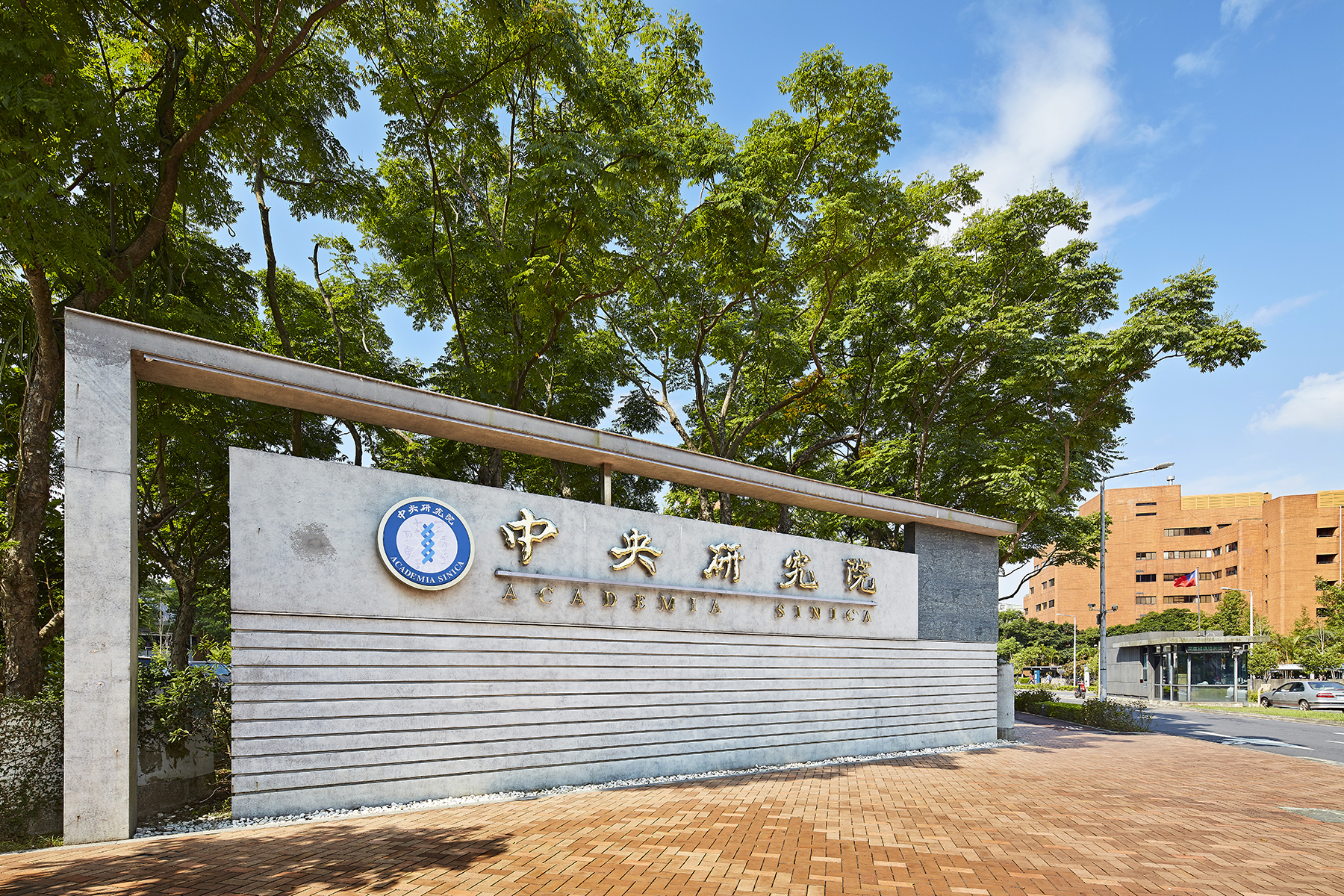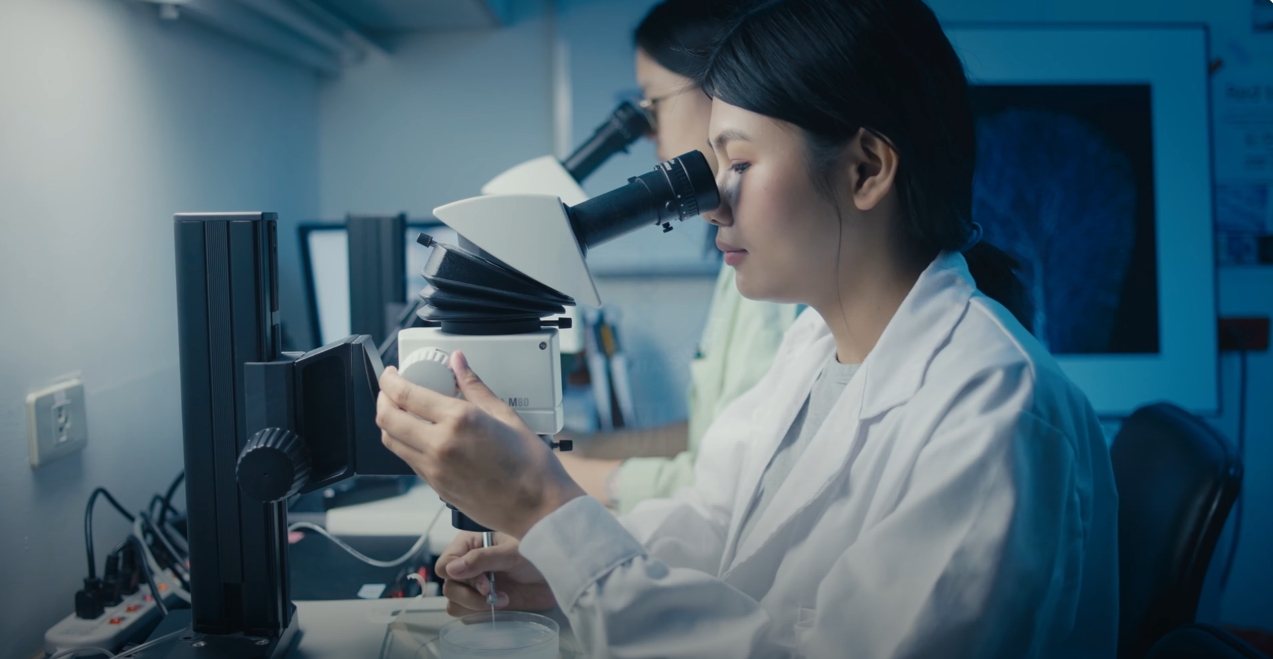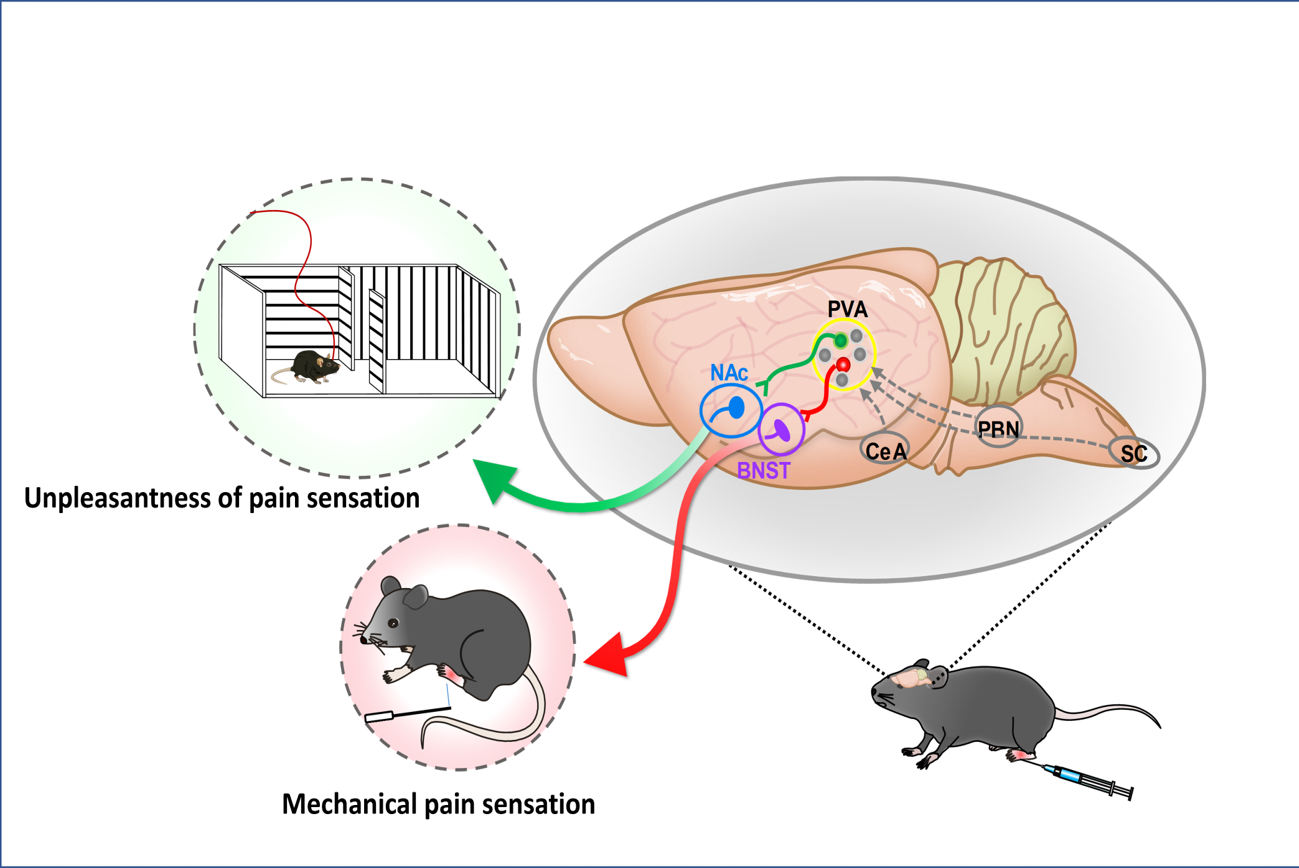Date: 2024-12-12
Pain is a common yet complex phenomenon involving both physical sensations and emotional responses. While the basic understanding of pain has advanced, the brain mechanisms driving these responses remain unclear. A team led by Dr. Chien-Chang Chen from the Institute of Biomedical Sciences (IBMS), Academia Sinica, has made a significant breakthrough in understanding the neural basis of chronic pain.
The study revealed that chronic pain activates specific neuronal populations in the anterior paraventricular nucleus of the thalamus (PVA). These neurons are responsible for processing either the sensory or emotional aspects of pain, with their activity changing based on the pain type. Stimulating these neurons led to tactile hypersensitivity and avoidance behaviors, while suppressing them alleviated pain. Additionally, these neurons send signals to the bed nucleus of the stria terminalis (BNST) and the nucleus accumbens (NAc), which independently regulate different pain-related behaviors. This research not only deepens our understanding of pain mechanisms but also paves the way for innovative chronic pain treatments that could significantly improve patients' quality of life.
The research was conducted by Dr. Chien-Chang Chen and his lab members, including Dr. Selomon Assefa Mindaye (first author, a TIGP-INS alumnus) and Dr. Wei-Hsin Chen, in collaboration with IBMS investigators Dr. Shih-Yu Chen and Dr. Shih-Pin Yang, as well as Dr. Arthur Chun-Chieh Shih from the Institute of Information Science, Academia Sinica. The findings were published in Cell Reports on November 26, 2024.
-
Link









 Home
Home

